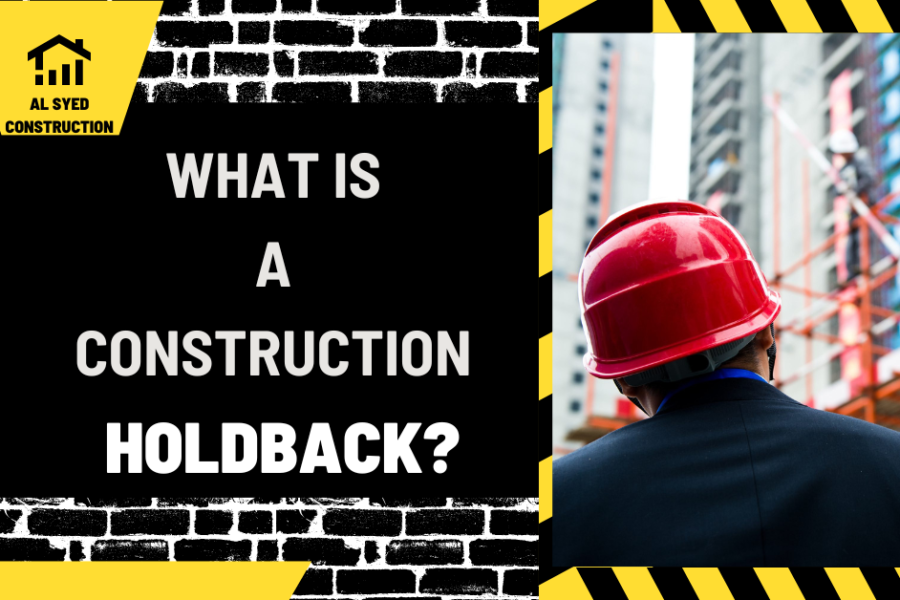What is a Construction Holdback?
Table of Contents
Introduction
In the construction industry, a holdback is a financial practice where a portion of the payment due to a contractor or subcontractor is withheld by the project owner or general contractor. This withheld amount, typically a percentage of the contract value, serves as a security measure to ensure that all parties fulfill their contractual obligations. Understanding the concept, purpose, and implications of construction holdbacks is crucial for contractors, subcontractors, and project owners to manage risks and ensure successful project completion.
Purpose of Construction Holdbacks
Ensuring Contractual Compliance
The primary purpose of a construction holdback is to provide an incentive for contractors and subcontractors to complete their work according to the contract specifications. The holdback amount is only released when the work is satisfactorily completed, encouraging adherence to quality standards and timelines.
Protecting Against Liens
Holdbacks also serve as protection against liens, which are legal claims against a property for unpaid work or materials. By withholding a portion of the payment, project owners ensure that funds are available to settle any potential liens before the final payment is made.
Holdback Amount and Duration
Standard Holdback Percentage
The holdback percentage varies depending on jurisdiction and contract terms but typically ranges from 5% to 10% of the contract value. This percentage is usually specified in the construction contract and governed by local laws and regulations.
Release of Holdback Funds
Holdback funds are usually released after a specified period, known as the holdback period, which allows time for any defects or issues to be identified and addressed. The duration of the holdback period is often determined by contract terms or statutory requirements.
Challenges and Considerations
Cash Flow Impacts
While holdbacks are an important risk management tool, they can impact the cash flow of contractors and subcontractors. Smaller companies, in particular, may face financial challenges due to delayed payments, highlighting the need for careful financial planning.
Dispute Resolution
Disagreements over the release of holdback funds can lead to disputes between project owners and contractors. It is essential for all parties to clearly understand the terms of the holdback and the conditions for its release to avoid conflicts.
Conclusion
Construction holdbacks are a common practice in the construction industry, serving as a security measure to ensure contractual compliance and protect against liens. While they are an effective risk management tool, they can also impact cash flow for contractors and subcontractors. Clear communication and understanding of holdback terms are crucial for the smooth execution of construction projects and the timely release of withheld funds.




